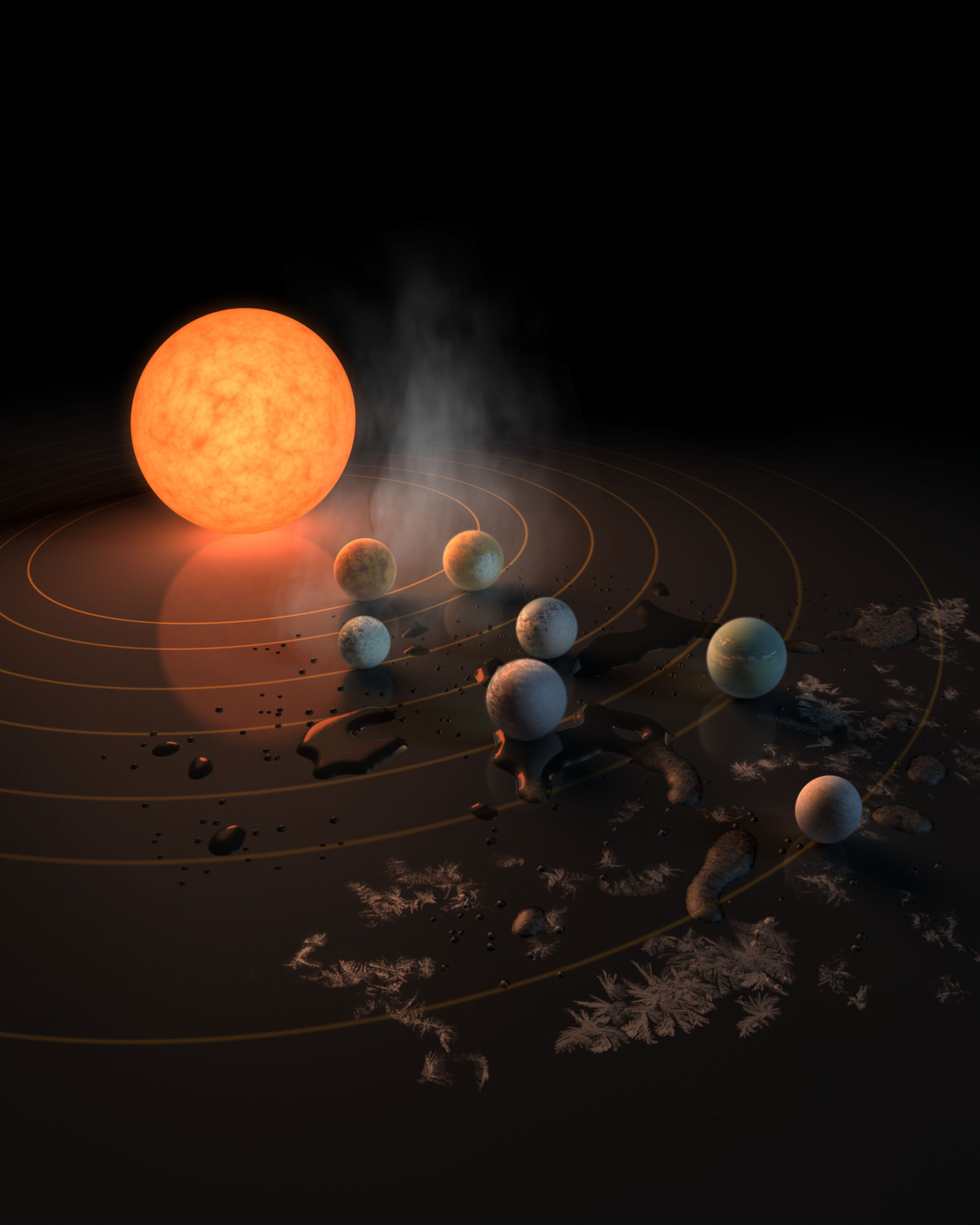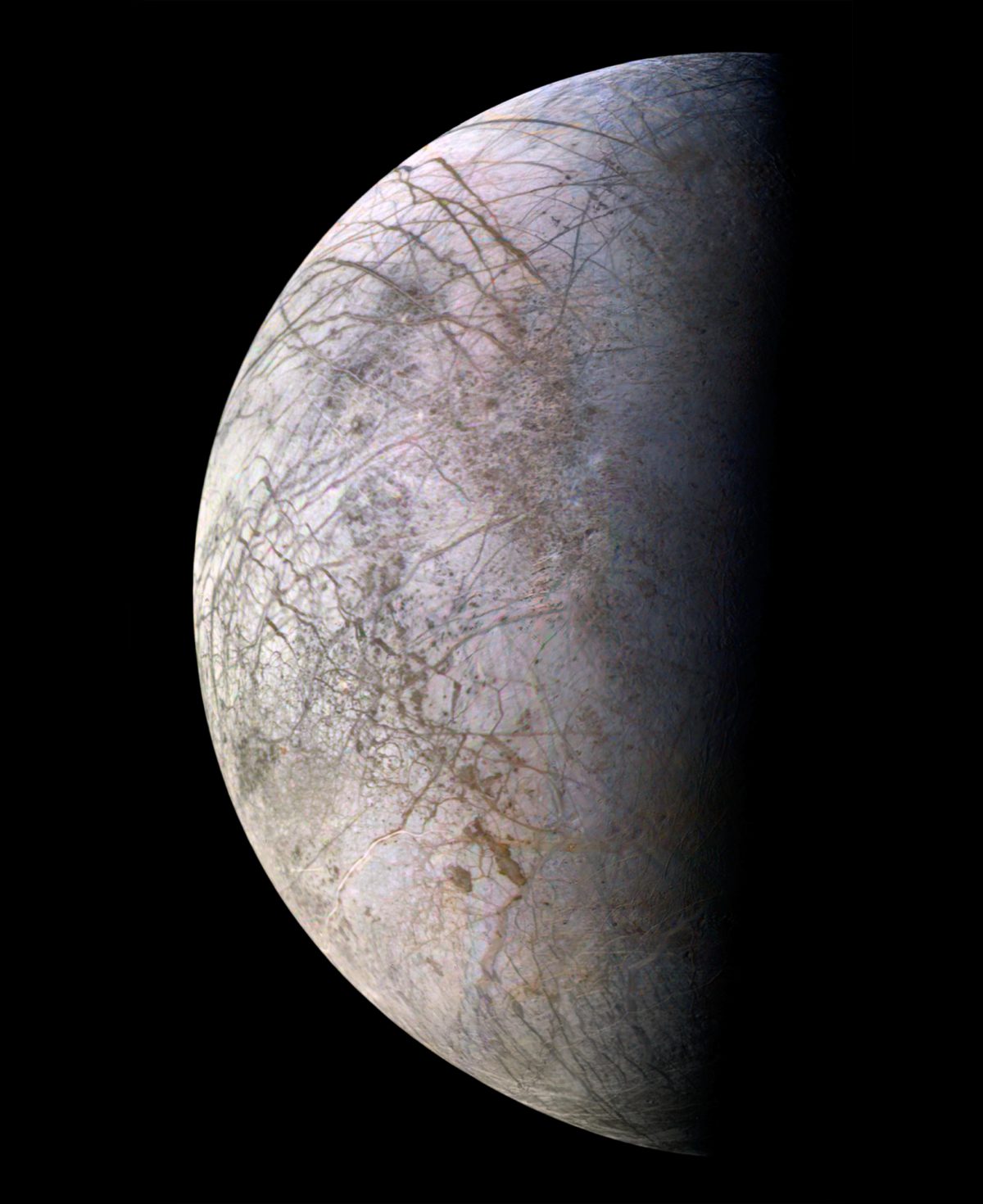What Is the Habitable Zone?
At a Glance
- The habitable zone is the not-too-hot, not-too-cold region around a star where liquid water can exist on a planet’s surface.
- Liquid water is a key ingredient for life as we know it, so exoplanets in their stars’ habitable zones are compelling places to search for life.
- In certain cases liquid water can exist outside of a star’s habitable zone, such as Europa’s subsurface ocean.
Out of all the planets, moons, asteroids, and comets in our solar system, only Earth has liquid water on the surface and is capable of supporting life—at least as far as we know. That’s because our planet sits in the “habitable zone” of our solar system. It’s far enough from the Sun so that all our water doesn’t boil away, but close enough so that it doesn’t freeze.
One of the most exciting space discoveries of the past few decades is the existence of exoplanets, planets that orbit other stars. Currently, we’ve identified over 4,000 exoplanets, and there are likely many more. While we love studying all of these worlds, scientists are particularly (and understandably) interested in the ones that could support life.
Life as we know it requires liquid water, so exoplanets in their stars’ habitable zones are compelling places to search for life. We sometimes call these exoplanets “Goldilocks” worlds because they’re not too hot, and not too cold.
Earth’s average distance from the Sun is 149,600,000 kilometers (92,900,000 miles), which is also called an astronomical unit (or 1 AU). However, it’s important to note that an exoplanet at this distance from its star might not necessarily be in the habitable zone. That’s because stars have wide ranges of temperatures. An exoplanet orbiting a cooler star has to be much closer than an exoplanet orbiting a hotter star for liquid water to exist.

Red dwarf stars
Red dwarf stars are the most common type of star in the Milky Way. They are smaller and cooler than our Sun, with surface temperatures averaging around 3,500 degrees Celsius (6,380 degrees Fahrenheit). Our Sun’s surface temperature is about 5,500 degrees Celsius (10,000 degrees Fahrenheit). This means that an exoplanet orbiting a red dwarf must be much closer to its host star than the Earth is to the Sun in order to be within the habitable zone.
Our solar system’s habitable zone
While each planet in our solar system is unique, the 8 planets can generally be grouped into two different categories: the inner rocky planets (Mercury, Venus, Earth, and Mars) and the outer gas giants (Jupiter, Saturn, Uranus, and Neptune). Earth is the only planet in our solar system’s habitable zone.
Mercury and Venus are not in the habitable zone because they are too close to the Sun to harbor liquid water. However, evidence suggests that the Sun used to be much dimmer. Venus may have once had oceans, but its proximity to the brightening Sun caused the liquid water to evaporate. The escape of liquid water from Venus’s surface may have directly led to the planet’s current inhospitable, dense atmosphere.
Mars, which is too far from the Sun to be in the habitable zone, once had flowing liquid water. Our robotic space missions there have found evidence of ancient lakes, and minerals that could only have formed in water. In 2018, scientists found evidence for a subsurface lake using radar on the European Space Agency’s Mars Express spacecraft.
Liquid water outside the habitable zone
As evidenced by the possibility of a subsurface lake on Mars, there are ways a planetary body can be far outside the habitable zone and still harbor liquid water. Underneath its icy outer crust, Jupiter’s moon Europa has a liquid ocean that contains more than twice the amount of water on Earth’s, despite the fact that Europa is significantly smaller than our own planet. NASA’s Europa Clipper mission will launch in the mid-2020s on a mission to determine if Europa's subsurface ocean could support life.

Is liquid water the only way a planet could support life? Possibly not. As we explore the cosmos, we might find organisms that are wholly different from the carbon-based life we’re accustomed to here on Earth. But our search starts by using our Earth as our template.
This page was originally written in March 2020 by Swapna Krishna.
Exoplanets, worlds orbiting other stars
We know of more than 5,000 planets orbiting other stars. Does one of them host life as we know it?


 Explore Worlds
Explore Worlds Find Life
Find Life Defend Earth
Defend Earth


